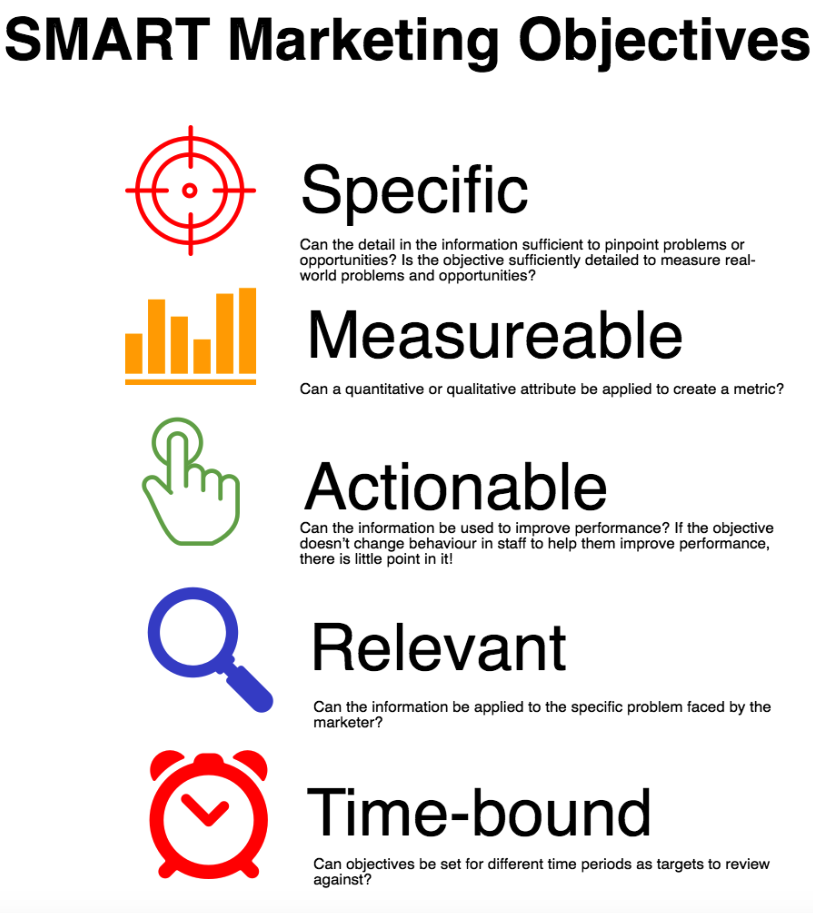Ask any business owner what the least favourite part of running their company is and a good proportion will probably tell you that it’s generating leads. Unfortunately, without a regular stream of leads, you do not have a business. Even businesses that rely on repeat custom need some new leads to replace those clients and customers who inevitably fall away. For that reason, a business marketing strategy is vital.
Not putting a marketing strategy in place is like hosting an amazing party but forgetting to invite the guests. Thankfully, it’s actually very easy to create a business marketing strategy of your own. You don’t need to be a marketing whizz and all it takes are a couple of hours of your time.
So, what are the steps you should take? Here’s our guide…
![]()
Photo by RAWPIXEL
1. Get to know your target customer
You can’t possibly hope to appeal to prospective customers if you don’t know who they are, what they do, how they think and how they typically find the products or services you provide. One common way to do this is by creating a buyer persona.
From your experience as a business owner, you will have some idea of what a typical customer looks like. Most businesses have two or three typical customer groups. Creating a list of demographics that defines each customer group will really help to focus your mind about how to market to each.
Questions you should answer include:
- Where are they based?
- What is their job role?
- Which languages do they speak?
- What would excite them?
- What trends are affecting them? (Personal or business)
- What are their buying motivations?
- What problems do they commonly want to solve?
- Do they currently know you exist, how might they most likely find out about you with current marketing plan?
- What sites do they commonly use online?
- Are they members of any trade associations?
It’s important not to make assumptions when completing buyer personas. If you’re not sure of the answer to one of these questions, take a look at your own sales data or do some market research to fill in the gaps. Even asking your existing customers to fill in a quick survey in return for a discount or reward can be an incredibly effective approach.
2. Research the competition
Once you know your prospective customers a little better, it’s time to get to know the enemy. You might have been slow putting your business marketing strategy together, but the competition may already have a marketing campaign in full swing that you can gain some insights from.
It’s unlikely your competitors will be willing to give their secrets away so you need to do a little sleuthing. One way to do that is by using a social media monitoring tool called Mention. That will quickly scan the web to find mentions of your competitors online. By looking at these conversations, you’ll be able to see which platforms your competitors are using, as well as details of any discounts or promotions they might be running.
Another extremely useful tool is Moz’s Open Site Explorer. This will allow you to see what pages of a competitor’s website are performing particularly well. You can then use these insights to plug gaps in your own content and start generating some leads of your own.
3. Create a marketing campaign
Now you have insights about the customers you’re trying to attract and what might be working for the competition, you can start to think about the type of marketing campaigns that could gain some traction.
There’s a huge range of different ways to get your marketing message in front of your prospects. Traditional techniques like trade shows, industry events, exhibitions, product launches, PR and ads in industry magazines are still extremely popular.
The latest technology can help to bring product launches and exhibition stands to life. For example, touch screens, virtual reality technology and interactive voting systems can all help to boost brand awareness and make your campaigns more engaging. You can also rent the technology you need. That puts the latest equipment within the reach of small businesses and budgets.
Alternatively, based on your findings, you may think that an online marketing campaign could provide the best return on investment. In that case, you’ll need to make deliberate and informed decisions about the best approach to use, whether it’s pay-per-click advertising (PPC), search engine optimisation (SEO) content production or social media.
4. Create SMART marketing goals
There’s no way of knowing whether a marketing campaign is working unless you measure it against predetermined goals. But you must make sure the marketing goals you set are SMART. That is:
- Specific
- Measurable
- Actionable
- Relevant
- Timely

Source: Smart Insights
An example of a SMART goal might be to:
- Generate an average of 20 enquiries a week for the next six months
- Rank on page one of Google for your main keyword by the end of 2018
- Increase your mailing list to 1,000 subscribers within three months
Measuring your progress against these goals will give you a clear idea of whether your tactics are working and help fine-tune your strategy over time.
Give your marketing strategy the boost it needs
At Hire Intelligence, we offer short-term or long-term rental, and deals on the latest technology to take your marketing team, events and campaigns to the next level. Click for a quick quote or get in touch to find out more.


